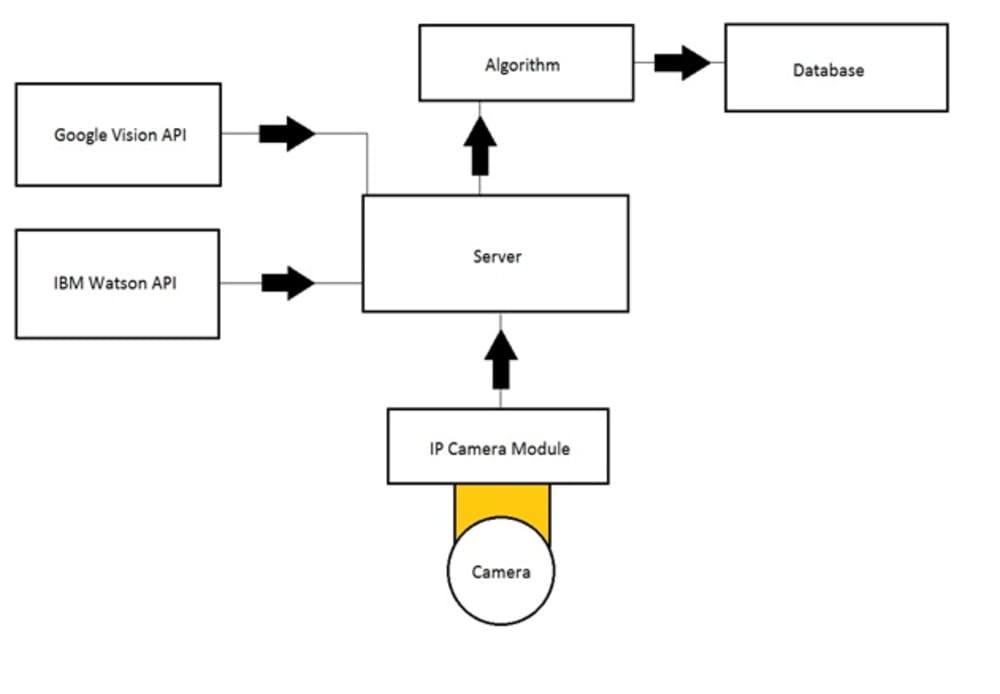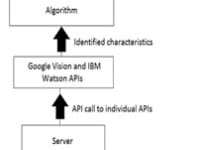In past few years, the so called corporate world has been facing numerous issues related to the performance of the employees. The efficiency of the management is a measure of number of outgoing employees compared to number of incoming employees. Based on the previous surveys, the rate at which the employees are resigning has increased considerably affecting the growth of an organisation. It is also observed that, the performance of the dis-satisfied employee drastically reduces before he/she hunts for a new opportunity. There are several reasons for the dissatisfaction viz. lack of recognition to the efforts put-forth, lack of motivation, non-uniform pay structure, job-profile of not his/her interest, long working hours, manager of wrong frequency, lack of recreational facilities, insufficient leave facilities, lack of job security etc. Since there are many variables that can affect the performance of employee, one solution for this can be un-imaginable.
Though several measures have been taken in order to find out the reason for depreciating performance of the employees, none of them has proved as the most effective solution. Employee Satisfaction Survey (ESS) has been a major tool to assess the reason for depreciating performance of the employees, which is on the other hand a cumbersome process.
ESS is a process where the details of their achievements are posted online with the help of a portal, which is verified by the management. The rating is then given by the management, based on their observation about the employee. This model of performance assessment can be effectively applied for employees of small strength. Whereas, for a company for considerably larger strength, the above model fails miserably as assessing each employee critically is almost close to impossible. On the other hand, the assessment takes place either half yearly or annually. The data accumulated for an employee over a year is quite huge and the manager handling a team of considerable strength might find it difficult to thoroughly understand the efforts and achievements of each sub-ordinate.
The employee being deprived is a cumulative effect of a weak system of assessment of employees. It can be extended to institutions as well, wherein the concentration of a student in a class or in a particular subject reflects his/her capability to absorb the instructions given by the instructor or the incapability of the instructor to convince the student.
Based on the above discussion, it is quite clear that it is almost impossible to have a single solution for assessing the employees or students based on survey alone. Therefore, it is high time to switch over to Continuous Monitoring Model (CMM) of assessing the performance of an individual.
CMM methodology involves constant monitoring of the performance of the students/employees instead of organising the survey quarterly or annually. This methodology therefore provides an edge over the conventional ESS method when it comes to corrective action at right time.
The first prototype was built using IBM Watson and Google vision APIs to understand the fields required by the user available at a particular place.
Video
Like this entry?
-
About the Entrant
- Name:Shreyasvi Natraj
- Type of entry:teamTeam members:Bhaskar K, Sanket Thakur
- Software used for this entry:Python, Google vision API, IBM Watson API, firebase, OpenCV
- Patent status:pending





